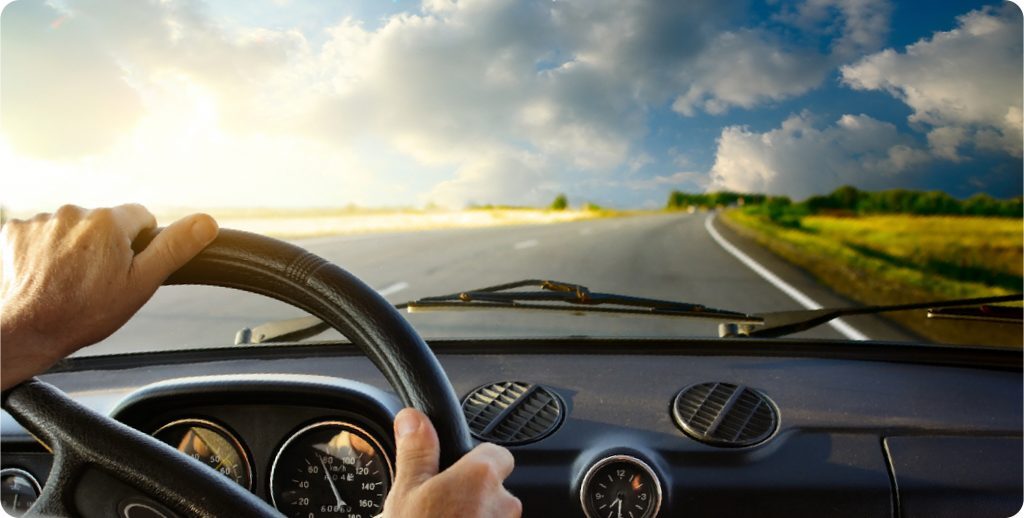Are you planning a road trip to Calpe on the Costa Blanca North in Spain and looking for inspirational travel ideas? This guide include great destinations, attractions, and basically all you need to see when you want to spend the day in the beautiful city of Calpe.
Plan your journey, find amazing places, and take fascinating detours with the help of your local car hire company in Calpe. If you need to save this article for later, you can download the Calpe road trip guide as PDF.
Road trip Calpe sights
Road trip to Calpe
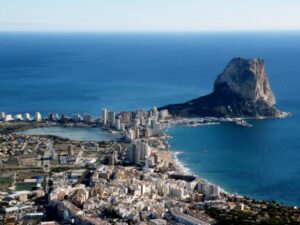
For those who like a busy tourist destination, Calpe is the perfect combination of a romantic village with lots of activity, and of course sun, sand and sea. Calpe has about 13,000 inhabitants, and the main economic activities are tourism and fishing. A large street market and good shopping opportunities facilitate the many attractions for visitors. Calpe is perfect for activities such as scuba diving and sailing, climbing, hiking, and tennis. For golfers, it is only a relatively short drive to golf courses suitable for all skill levels.
Let`s go ahead with the best attractions you need to see on your next road trip to Calpe.
Calpe’s Peñón de Ifach
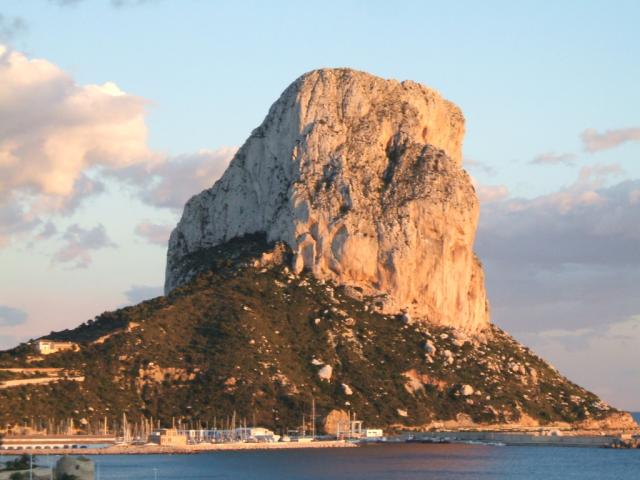
We will start the road trip in Calpe with one of the biggest tourist attractions in the area. The Peñón de Ifach is the very symbol of the Costa Blanca North. It was also one of the author Hemingway’s favorite places. Nowhere else do I get such inspiration as at the top of Peñón de Ifach, Ernest Hemingway is said to have said. If you are in Calpe, it is completely impossible to overlook the giant cliff Penon d ifach that towers over the city. The cliff is a nature reserve, and is visible from several miles away. This wonderful landmark is home to lots of rare local plants, over 300 different species of animals and is an annual breeding ground for large colonies of seabirds. Peñon d ‘Ifach is a cliff, which is part of a 1 km long peninsula at the port of Calpe.
This famous cliff stretches 332 meters up from Calpe and is a popular hiking area for visitors. The cliff is protected and offers a rich bird life and over 300 plant species. The whole trip up to the top takes about an hour, but it is not something to recommend for those with a fear of heights. Steep, winding roads and a fantastic view await you who dare, and from the top you can see all the way to Ibiza on a clear cloudless day.
Did you know that Calpe has a pleasant Mediterranean climate with hot summers and mild winters with over 300 sunny days a year?
#2 Los Baños de la Reina
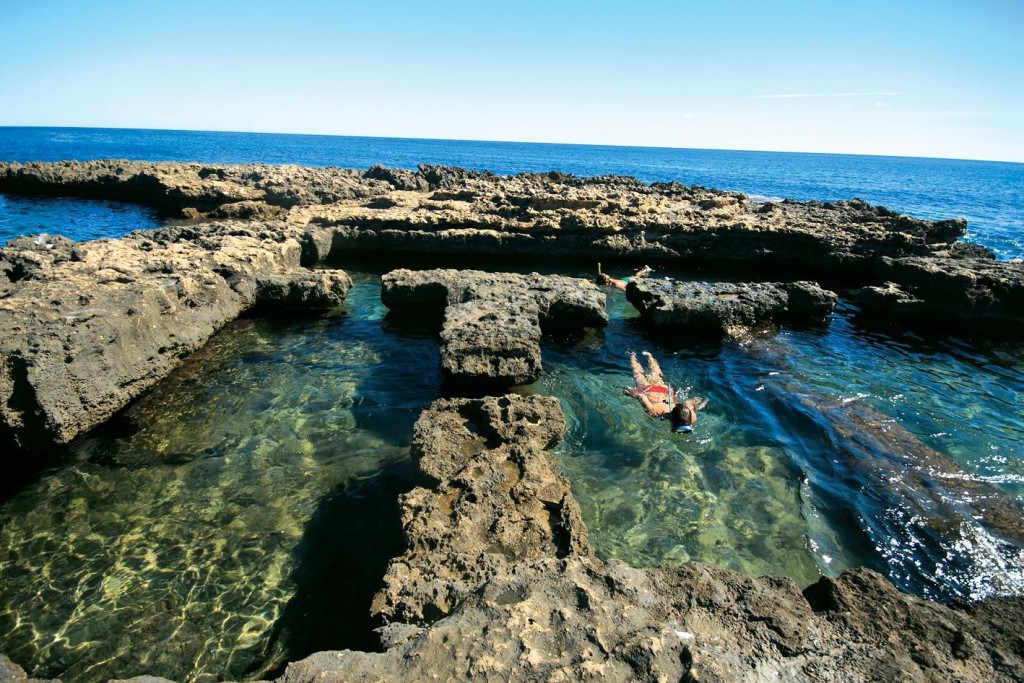
South of the fishing port you will find Baños de la Reina. This archeological site has been known for many years and in 1610 it was named “Baños de la Reina”. Legend has it that this served as a SPA space, for a “Muslim queen”. The truth is that the bathroom was actually a fish farm. The fish was kept alive here until it was salted at the Roman fish factory. Different fish ponds were used to separate the different species of live fish. The locals also came here to buy fish or just for entertainment. From ancient times the Baños de la Reina was regarded as one of the most important sources of food throughout the Mediterranean.
Next step on our road trip to Calpe, is to visit some of the best museums in the City.
Did you know Calpe consists of high-rise buildings and skyscrapers, and is reminiscent of a smaller version of Benidorm?
Archaeological Museum in Calpe
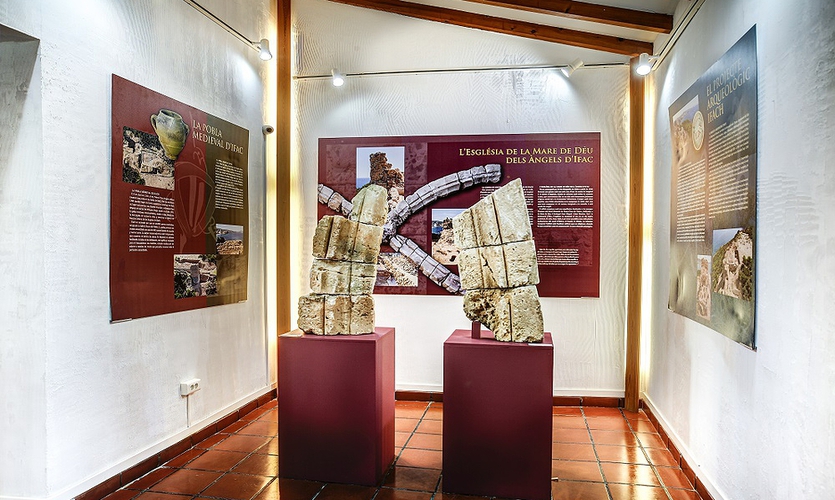
The Archaeological Museum of Calpe is centrally located in the old town, very close to the Plaza de la Villa. The museum was built in 1926, after the old city gate, “El Portalet”, had been demolished three years earlier. The city gate, which was the only entrance to the fortified medieval city, was built in the 14th century. The museum building is architecturally influenced by “El Portalet” – and until 1974 had a function as a town hall.
The museum has two floors plus a basement, and is externally characterized by its beautiful bell tower, which forms the center in a symmetrical facade. The Museo arqueológico presents a number of finds, especially from the period 300s – 800s, including kitchen utensils, coins and funeral items. Finds from the ruins of the so-called Baño de la Reina (Queen’s Bath) are also exhibited here. Archaeological excavations are still taking place in the area around Calpe, so the museum collection is continuously supplemented with new objects.
Did you know that from Calpe there are trains going to Altea and Benidorm, and there are good bus connections within the city as well as to Alicante Airport?
Museo Fester

Museo Fester is a small special costume museum, located in an older traditional building on the outskirts of the old town of Calpe. The building was built at the end of the 19th century, and in the period 1905 – 1916 was used both as a town hall and a courtroom. Later there has been a shop and inn here. Most of the costumes found in the museum have been used at the various festivals and historical games that have been performed in Calpe over the years. Some of them are copies of the uniforms of Moorish officers, others are saints’ suits or royal costumes.
Did you know that Calpe has been inhabited since the Bronze Age, and has a rich cultural history, especially due to its strategic location on the coast. There are many Iberian, Roman and Arab archeological sites in the city.
Museo etnológico Casa Cocó
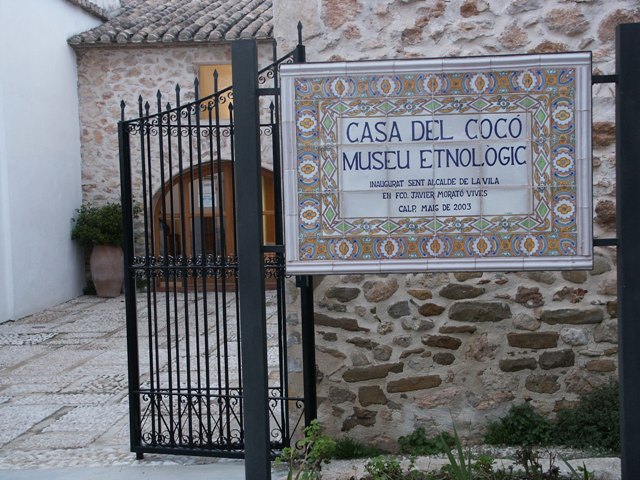
The Casa Cocó Museum is located a little northeast of the old town, more specifically in Gargisindi, which has previously been a typical agricultural area. The museum is also established in connection with a former farm in typical local style. The main focus of the museum is a presentation of the development within the primary industries in Calpe. The different rooms in the complex each present their own specialty. One of the rooms is dedicated to wine history.
Here we can learn something about traditional wine production, i.a. about how the grapes were “foot-trodden”. Another room is dedicated to fishing. Here is shown, both with the help of a photo exhibition and with the help of objects, how the actual fishing has taken place through the ages, what kind of equipment has been used – and what types of boats have been used.
Next step on our road trip to Calpe, is to visit some of the best churches in the City.
Iglesia Nuestra Señora de las Nieves
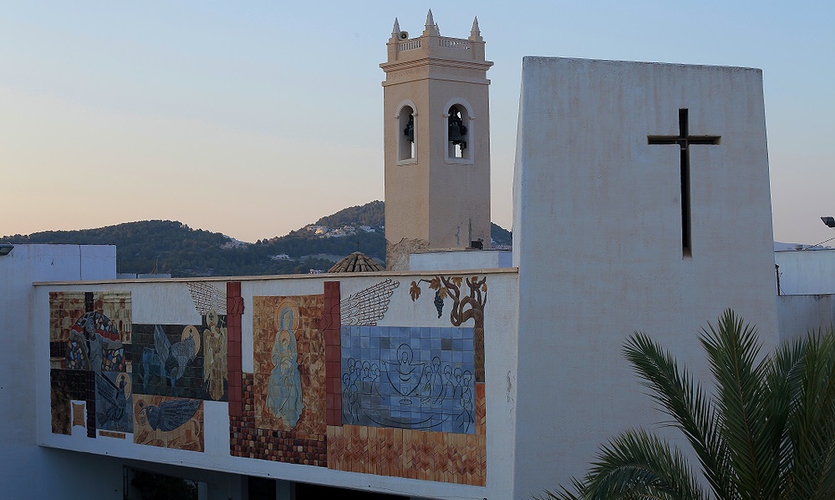
The beautiful, modernist church building was built in 1973, in physical connection to the old church. The modern façade, with its beautiful mosaics and stained glass windows, is a distinctive eye-catcher at Plaza de la Villa. The motifs in the façade mosaic, which was unveiled in the autumn of 1997, depict various scenes from the Old and New Testaments, as well as images of Christ. The style is predominantly functionalist – but also influenced by classicism. The interior is also characterized by simple, clean lines – and the walls are white. Instead of a traditional altarpiece, the choir is dominated by a gold-plated statue depicting the Virgin Mary and the baby Jesus. The statue is based on a legend originating in Rome in the 300s, which also gave the church its name: Nuestra Señora de las Nieves (Our Lady of the Snow, or “Snow Maiden”).
Did you know that Calpe can roughly be divided into 3 areas: the old town near the main road N-332, the harbor at Calpe cliff and the tourist area at the beach “Playa del Fossa”?
Iglesia Antigua de Calpe
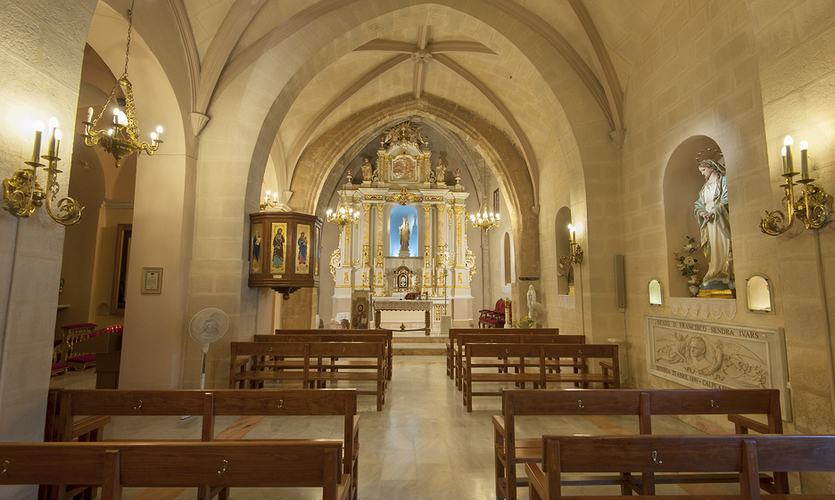
La Iglesia Antigua is located in the center of the old town of Calpe, specifically at the Plaza de la Villa. The church was originally built in the 15th century, but has been the subject of some changes throughout history. The beautiful bell tower is i.a. built in several stages. Initially, the church was physically connected to Calpe’s fortifications – and the sacristy, as well as the lower part of the bell tower was originally part of the city’s medieval fortress. La Iglesia Antigua has a rectangular shape, with two ships separated by five columns. Architecturally, the church is built in a mixture of Gothic and Moorish style. The sacristy and choir date from the 18th century, while other interior parts are as old as the church. Among the oldest elements is the beautiful altarpiece. The new church, Iglesia Nuestra Señora de las Nieves, was built together with La Iglesia Antigua.
Natural Park – Las Salinas
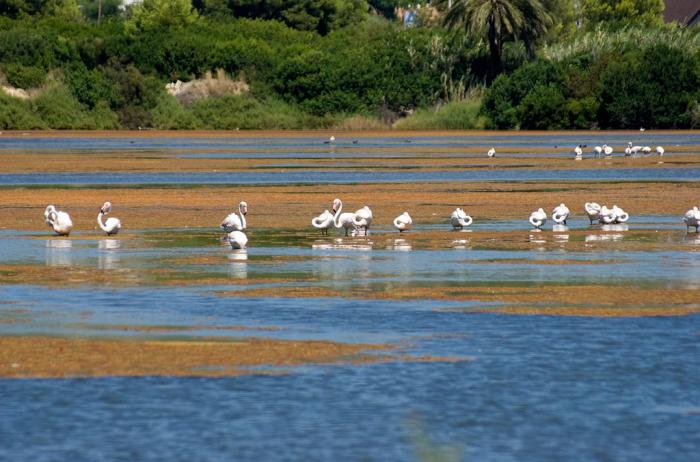
The Las Salinas Natural Park is located near the Calpe Rock, and consists of i.a. of a large saltwater lagoon and a significant wetland area. In the area there are several beautiful hiking trails. The park is a special protected area for birds. As many as 170 different species are found in the area. What the park is also best known for is the large population of flamingos, which you have the opportunity to admire up close. Together with the Baños de la Reina and the Peñon d’Ifach, Las Salinas has played a significant role in salt extraction in this area since Roman times.
Las Salinas is one of the few remaining undeveloped areas at Calpe. The nature park is rich in biological diversity, and the authorities place great emphasis on protecting the area from abrasion and littering. The proximity to the city center makes Las Salinas easily accessible. You can effortlessly walk here almost wherever you are in Calpe.
Did you know that Calpe has about 30,000 inhabitants, of which 60% are foreign nationals?
The fish market – La Lonja de Calpe
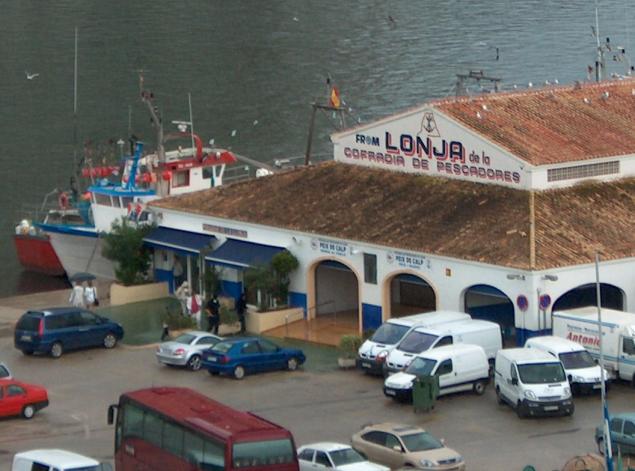
La Lonja de Calpe is the name of the building where the daily fish auction takes place from Monday to Friday. The building was built in 1991, and appears to be something more than an auction hall. The fish auction, which starts at five o’clock in the afternoon and lasts a couple of hours, is a popular and very well-visited attraction in Calpe, even among tourists who are not present to shop. They come first and foremost to experience the distinctive atmosphere at the auction.
Did you know that Calpe’s main business is tourism and fishing?
Calpe’s best beaches
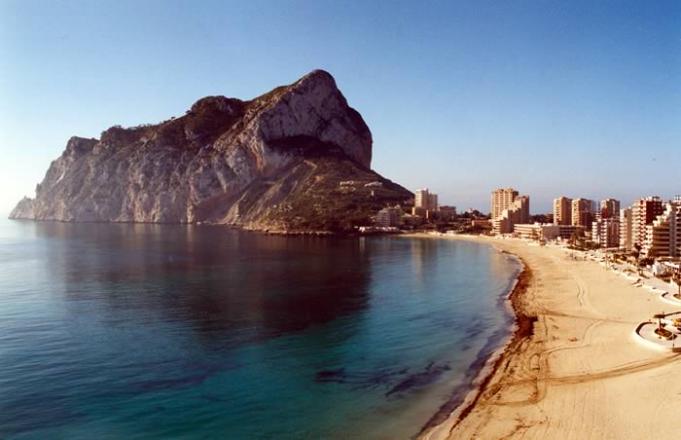
We will end this road trip in Calpe with some time on the beach. In Calpe you will find many beautiful and quiet bays, and also wide fine city beaches with fine-grained sand. Les Bassetes beach, located in the north, is great for sailing and diving. Levante o La Fossa Beach and Arenal-Bol Beach are the busiest city beaches with all the amenities. There is also a beach promenade and you can rent pedal boats, jet skis and windsurfing equipment. Close to the two large city beaches in Calpe there are also several small beaches. The more intimate and secluded sandy beach at the port “Puerto Blanco” is protected close to the small yacht harbor. “Cantal-Roig” beach just south of the fishing port and “Peñon” is another option.
Some of the coves in Calpe are only accessible from the sea. Cala del Collao, Cala Gasparet and more like Calas del Racó and Penyal which are located next to Mount Calpe are exceptionally beautiful. Read more about Calpe`s top beaches
Map beaches Calpe
You can set the pace of your road trip to Calpe as you like, because part of the charm of Calpe is simply being here, eating, drinking, exploring, swimming, hiking, or just enjoy the atmosphere and letting the Spanish sunshine warm your bones.
